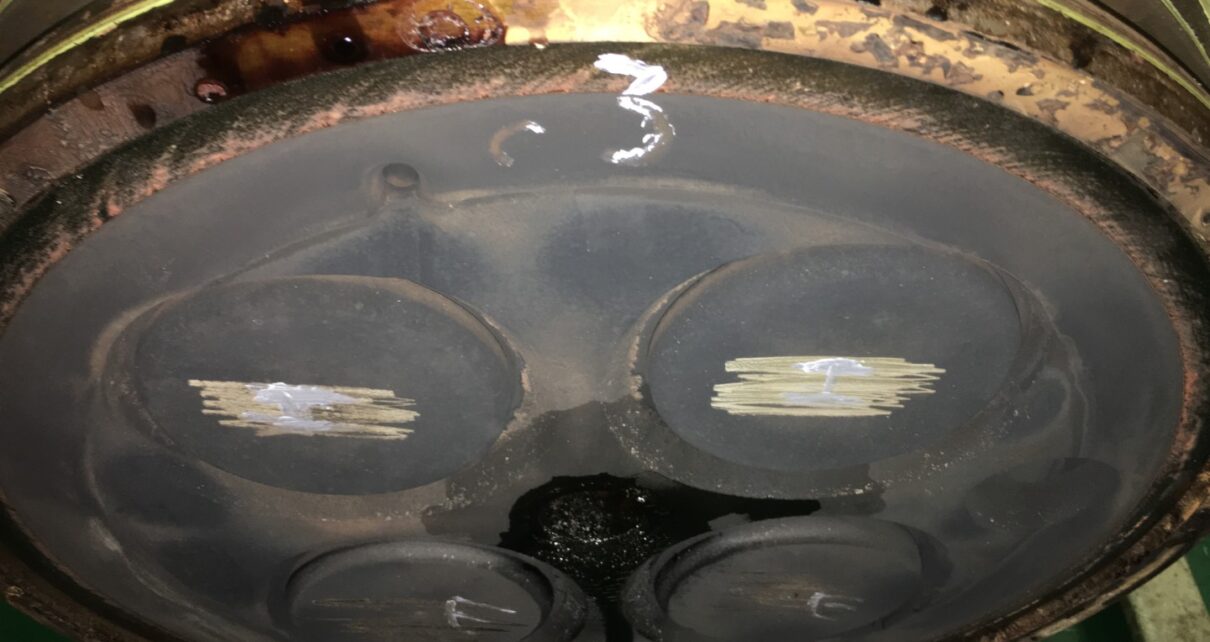Tail shaft monitoring is a system that enables operators to continuously observe and assess the condition of the tail shaft, which is the part of the propulsion system that connects the propeller to the engine. Tail shaft monitoring can help extend the interval between tail shaft surveys or withdrawals, which are mandatory inspections that ensure […]
Tag: Marine Diesel Engines
Energy Efficiency Design Index
Energy Efficiency Design Index stands for, which is a technical measure that aims at promoting the use of more energy efficient (less polluting) equipment and engines in new ships. The EEDI is measured in grams of carbon dioxide per ship’s capacity-mile. The smaller the EEDI, the more energy efficient ship design. Energy Efficiency Design Index […]
What is Slow Steaming in Ship
If you are interested in shipping, you may have heard of the term “slow steaming”. But what does it mean and why is it important for shippers and carriers? In this blog post, we will explain what slow steaming is, how it affects the shipping industry, and what are its advantages and disadvantages. What is […]
Difference between RT flex and ME-C Engines
Difference between RT flex and ME-C engines is discussed in this article, hope you will find it useful. If you are a marine engineer or a ship enthusiast, you might have heard of two types of low-speed engines that are widely used in modern ships: RT flex and ME-C engines. These engines are both based […]
difference between mc and mcc engine
If you are interested in marine diesel engines, you might have come across the terms MC and MC-C engines. These are two types of engines developed by MAN B&W, a leading manufacturer of low-speed two-stroke engines for ships. But what is the difference between them, and why did MAN B&W introduce a new engine design? […]
Why tie rods are missing on the 4 Stroke engine?
Why are tie rods missing on the 4 Stroke engine? If you are familiar with the internal combustion engines, you might have noticed that some engines have tie rods and some don’t. Tie rods are long metal rods that connect the piston to the crankshaft. They are used to transfer the linear motion of the […]
VLSFO effects while using on Ship
In this article we will discuss about VLSFO effects while burning in the engine on ship. Very Low Sulfur Fuel Oil (VLSFO) is a new type of marine fuel that was introduced in January 2020 to comply with the International Maritime Organization (IMO) regulation that limits the sulfur content of ship fuels to 0.5 percent. […]
Difference Between VIT and Super VIT
In this blog post, I will explain the difference between VIT and Super VIT in an engine. VIT stands for Variable Injection Timing, which is a method of adjusting the fuel injection timing to improve the thermal efficiency and reduce the specific fuel oil consumption of an engine. Super VIT is a type of VIT […]
Difference between MC and ME Marine Engine
In this blog post, I will explain the difference between MC and ME marine engines by MAN Energy Solutions, a leading manufacturer of marine propulsion systems. MC and ME engines are both two-stroke diesel engines that use the MAN B&W design, but they differ in their fuel injection and valve control systems. MC and ME […]
Difference Between NCR and MCR, Why We Run Engine On NCR
This article discusses about Difference Between NCR and MCR, Why We Run Engine On NCR. Please read it below. Difference Between NCR and MCR- Basics First Normal Continuous Rating (NCR): NCR is the maximum power output that a marine diesel engine can sustain continuously without any damage or deterioration. It represents the rated power output […]








